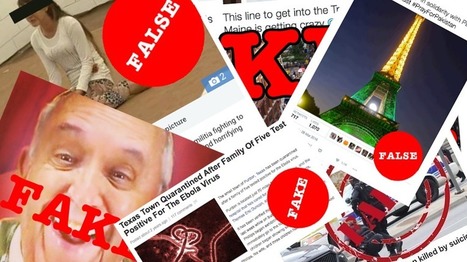For some it is a prank, akin to a crank call for the digital age. For others, it’s a narcissistic effort to rack up likes and followers. Others see political opportunity and want to hijack people’s attention for their own political or commercial gain.
I've written before about those who originate misinformation and spread fake images during crises and disasters. But once the misinformation is out there, why do people share it? And how can understanding this question help us combat rumors and foster more trustworthy coverage and reporting during breaking news?
People want to helpPeople have never felt as close to breaking news as they do today. It shows up daily in our social media feeds, through graphic pictures and autoplay videos, unfiltered and raw. A series of tweets or a Facebook live video can bring us to the scene of a shooting, a bomb explosion, an earthquake. The result can be, as one author writes, a “burgeoning sense of helplessness.
”In the face of a tragedy unfolding in front of you a lot of people want to help. They want to tell their followers what is going on, to pass along important information, share dramatic photos that help add context to the chaos. Sometime these posts are even accompanied by warnings, safety advice, and specific calls out to friends and followers who might be affected. Matt Stempeck has studied how people mobilize online to support each other through “peer aid” in times of crisis....



 Your new post is loading...
Your new post is loading...








Understanding why people share hoaxes, even mistakenly, can help journalists and other truth-watchers overturn them, argues Josh Stearns.